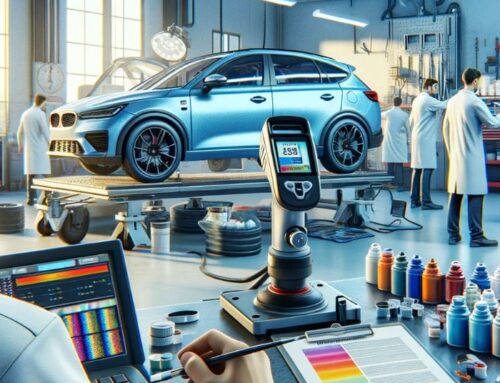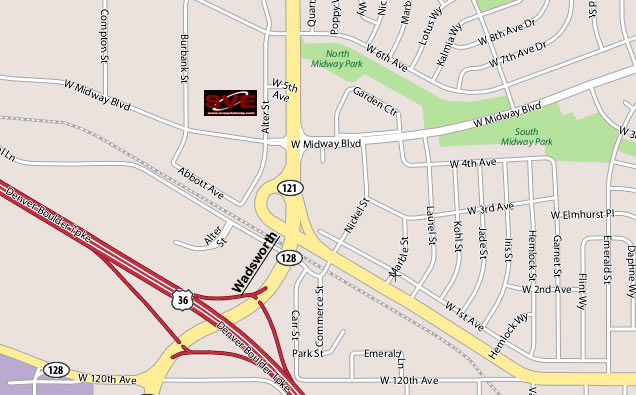Shield Your Ride: Proven Strategies for the Prevention of Auto Body Damage
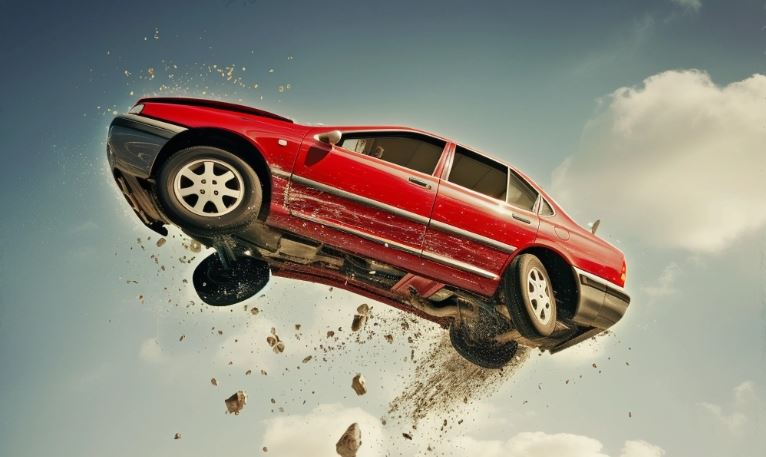
Are you tired of dealing with frustrating auto body damage?
Whether it’s those pesky dents, winter-related damage, or the dreaded rust, we understand how frustrating it can be to see your beloved ride suffer. That’s why we’ve put together “Shield Your Ride: Proven Strategies for the Prevention of Auto Body Damage,” a comprehensive guide that dives into various tips and techniques to keep your car looking its best.
We’ll help you understand different types of damage, their common causes, and how to detect, repair, or even avoid them. Get ready to shield your ride and keep your car looking sleek and damage-free!
Understanding Types of Auto Body Damage
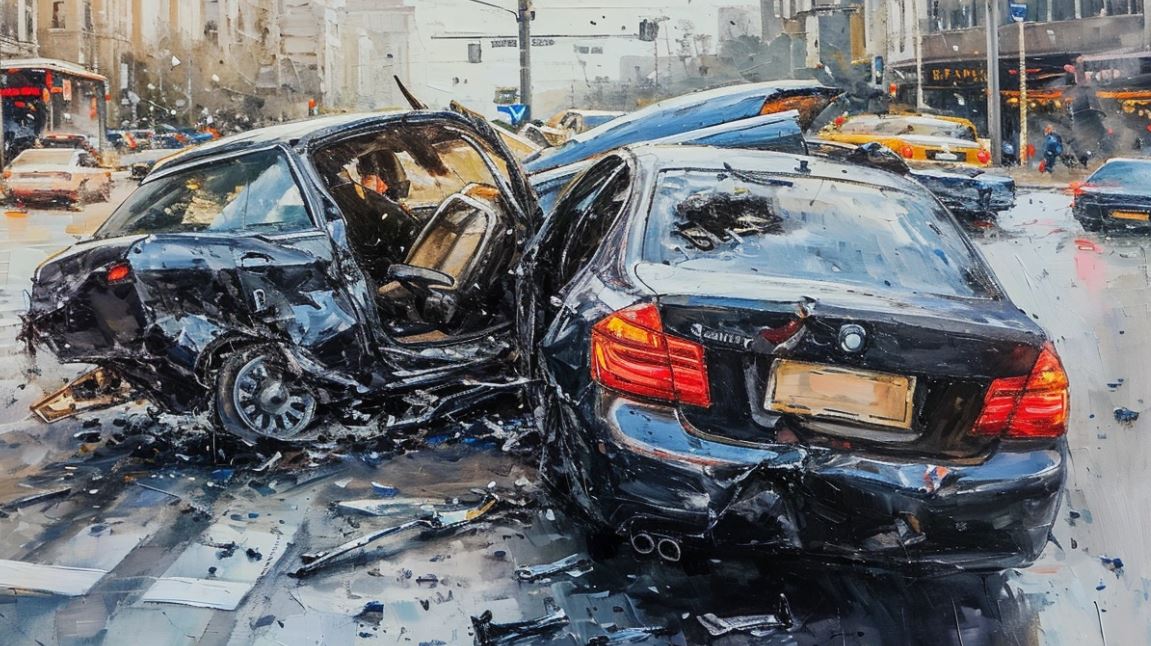
To effectively prevent and address auto body damage, it’s important to understand the different types that can occur.
By being aware of the signs and causes, you can take necessary precautions and seek appropriate repairs when needed.
Tips for Preventing Auto Body Damage
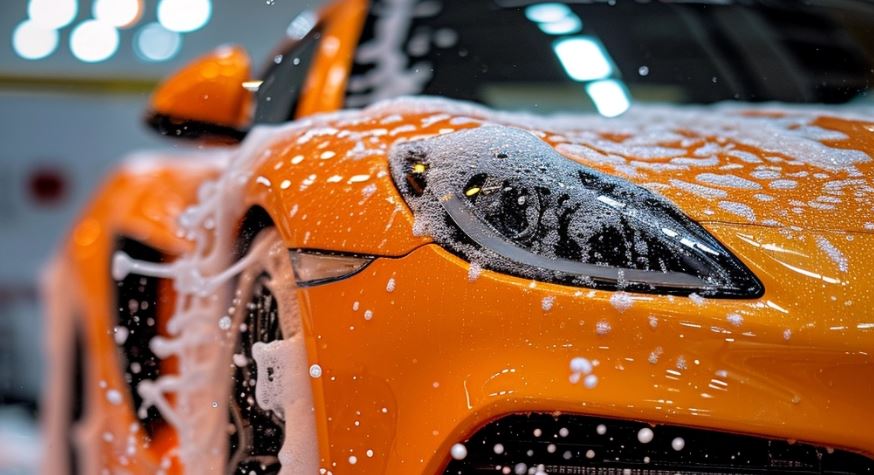
Taking care of your car’s exterior is not only important for its appearance, but also for its longevity and resale value. By following these simple tips, you can prevent auto body damage and keep your ride looking as good as new.
Regularly wash and wax your car:
One of the most basic and effective ways to prevent auto body damage is by regularly washing and waxing your car. Washing removes dirt and debris that can cause scratches, while waxing creates a protective barrier against the elements. Make sure to use a gentle car wash soap and microfiber cloth to avoid scratching the paint.
Park in a covered or shaded area:
Parking your car in a covered or shaded area can provide protection from hail, excessive sun exposure, and other elements that can cause damage to your vehicle’s exterior. If a covered area is not available, try to find a spot under trees or buildings to minimize exposure.
Avoid parking too close to other vehicles:
When parking, it’s important to leave enough space between your car and the vehicles next to you. This not only reduces the risk of accidental door dings, but also gives you more maneuvering room when exiting or entering your vehicle.
Use car covers for added protection:
If you don’t have access to covered parking, consider using a car cover to protect your vehicle. Car covers can shield your car from the elements and prevent damage from bird droppings, tree sap, and sun damage. Make sure to choose a cover that is breathable and fits your car properly.
Be cautious of low-hanging branches and debris:
While driving or parking, be aware of low-hanging branches and debris that can cause scratches or dents to your car’s exterior. Pay attention to your surroundings and avoid parking under trees with heavy branches or near construction sites where debris may be present.
Invest in mud flaps and splash guards:
If you frequently drive on gravel roads or in areas with heavy rain, investing in mud flaps and splash guards can help protect your car’s paint from rocks, dirt, and water. These accessories are easy to install and can significantly reduce the risk of damage to your vehicle’s exterior.
Avoiding Dents and Scratches:
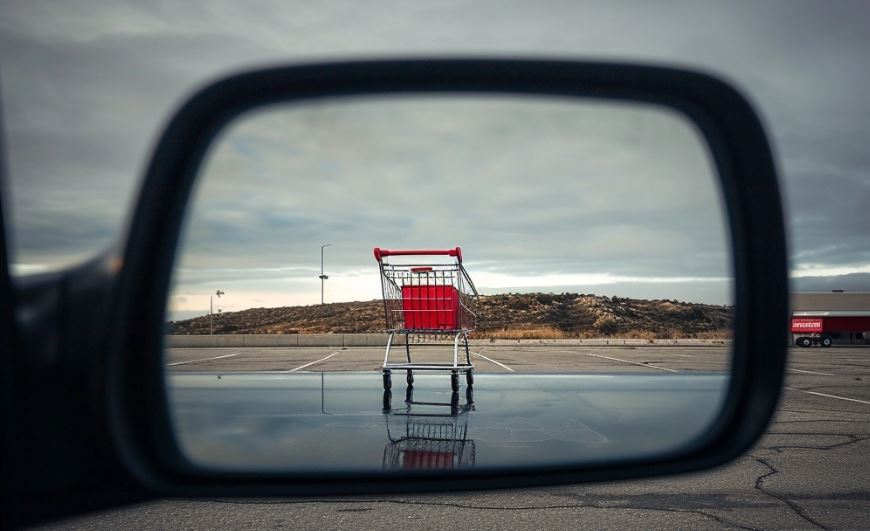
Dents and scratches can be unsightly and decrease the value of your car. Luckily, there are several precautions you can take to avoid these common forms of auto body damage.
Use parking sensors and cameras:
Parking sensors and cameras are invaluable tools for preventing dents and scratches. They can help you navigate tight parking spots, detect objects behind your vehicle, and provide audio or visual alerts if you are too close to another object. Consider installing these systems in your car for added peace of mind.
Open car doors with caution:
When opening your car doors, be mindful of your surroundings to avoid hitting objects or other vehicles. Take your time and open the door slowly, especially in crowded parking lots. By doing so, you can prevent door dings and scratches.
Park away from shopping carts and trolleys:
Parking near shopping carts and trolleys increases the risk of your car being accidentally scratched or dented. Whenever possible, park in a spot away from shopping cart corrals and trolley return areas to minimize the chances of these incidents occurring.
Protect your car with door edge guards:
Door edge guards are small strips that can be affixed to the edges of your car’s doors. They provide a cushioned barrier between your car and nearby objects, reducing the risk of scratches and dents. Door edge guards are inexpensive and easy to install, making them a worthwhile investment.
Avoid driving on rough roads or construction zones:
Rough roads and construction zones often have loose gravel, debris, and uneven surfaces that can cause damage to your car’s exterior. Whenever possible, avoid these areas or drive slowly and cautiously to minimize the risk of dents, scratches, and other forms of damage.
Protecting Against Winter Damage:
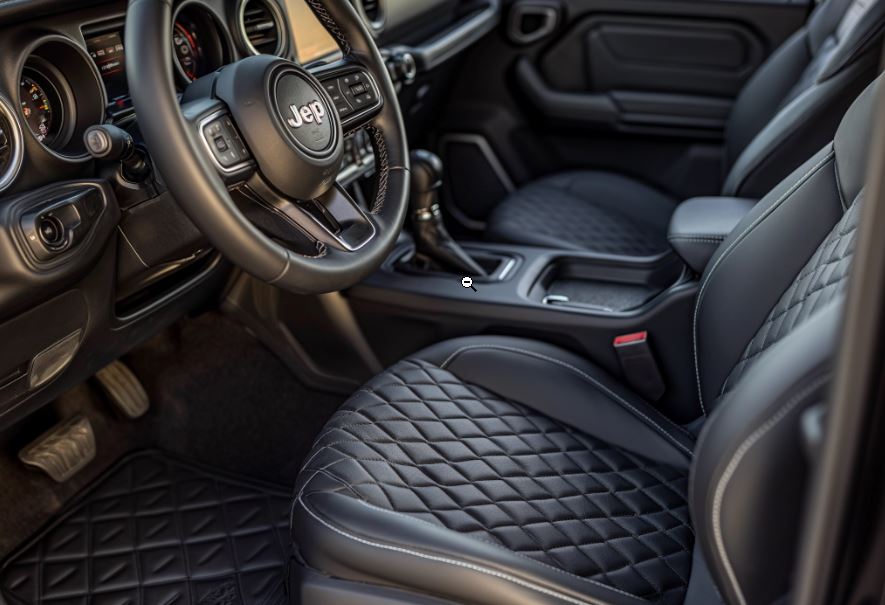
Winter weather can wreak havoc on your car’s exterior. To protect your vehicle from the harsh effects of snow, ice, and road salt, follow these tips:
Apply a layer of wax before winter:
Before the winter season begins, give your car a thorough wash and apply a layer of wax. The wax will act as a protective barrier, preventing snow, ice, and salt from directly contacting your car’s paint. Make sure to use a high-quality wax that is specifically formulated for winter conditions.
Use rubber floor mats to prevent salt corrosion:
Salt used for de-icing roads can cause corrosion and rust on your car’s undercarriage. To protect your vehicle, invest in rubber floor mats and place them in the footwells. These mats will trap the salt and prevent it from coming into direct contact with the metal surfaces of your car.
Regularly rinse off salt from undercarriage:
During the winter months, it’s important to regularly rinse off the salt that accumulates on your car’s undercarriage. This can be done at a self-serve car wash or with a hose and nozzle attachment at home. Pay special attention to the wheel wells, suspension components, and other areas where salt tends to build up.
Avoid using hot water to defrost windows:
Using hot water to defrost your car’s windows may seem like a quick solution, but it can actually cause the glass to crack due to sudden temperature changes. Instead, use an ice scraper or a defrosting spray specifically designed for car windows. Give yourself enough time in the morning to properly clear the ice and snow from your windows.
Keep the car’s exterior clean to prevent rust:
During the winter, road salt and other corrosive substances can accumulate on your car’s exterior, leading to rust and paint damage. Regularly wash your car, paying close attention to the areas around the wheel arches, door sills, and lower panels. Dry your car thoroughly after washing to prevent water from freezing and causing additional damage.
Use winter-grade windshield washer fluid:
Make sure to use windshield washer fluid that is specifically formulated for winter use. Winter-grade fluid contains antifreeze properties that prevent freezing on your windshield, ensuring clear visibility while driving. Regular water or summer windshield washer fluid can freeze in cold temperatures, impairing your ability to see the road.
Preventing Rust

Rust is not only unsightly, but it can also weaken the structural integrity of your car. To prevent rust from forming on your vehicle, follow these tips:
Regularly inspect and touch up paint chips:
Small paint chips and scratches can expose the metal beneath, making it more susceptible to rust. Regularly inspect your car for any signs of paint damage and promptly touch up any chips using a matching touch-up paint. This will prevent rust from taking hold and spreading.
Apply a rust-proofing coating:
To give your car an added layer of protection against rust, consider applying a rust-proofing coating. These coatings create a barrier between the metal surfaces of your car and moisture, preventing rust from forming. Rust-proofing can be done professionally or with DIY kits available at auto supply stores.
Keep the car clean to remove salt and dirt:
Salt and dirt can accelerate the rusting process, so it’s important to keep your car clean, especially during the winter months. Regularly wash your car, paying attention to the areas where dirt and salt tend to accumulate, such as the wheel wells and lower panels. Dry your car thoroughly after washing to prevent water from sitting and causing rust.
Avoid driving on flooded or waterlogged roads:
Driving through flooded or waterlogged roads can increase the risk of rust formation, as the water can seep into crevices and damage the metal components of your car. If you come across a flooded area, find an alternate route or wait until the water subsides before proceeding.
Check for and repair any leaks or water entry points:
Water entry points, such as damaged seals or weatherstripping, can allow moisture to enter your car and lead to rust. Regularly inspect your vehicle for any signs of leaks or water entry points, and promptly repair them to prevent rust from developing.
Dealing with Superficial Damage
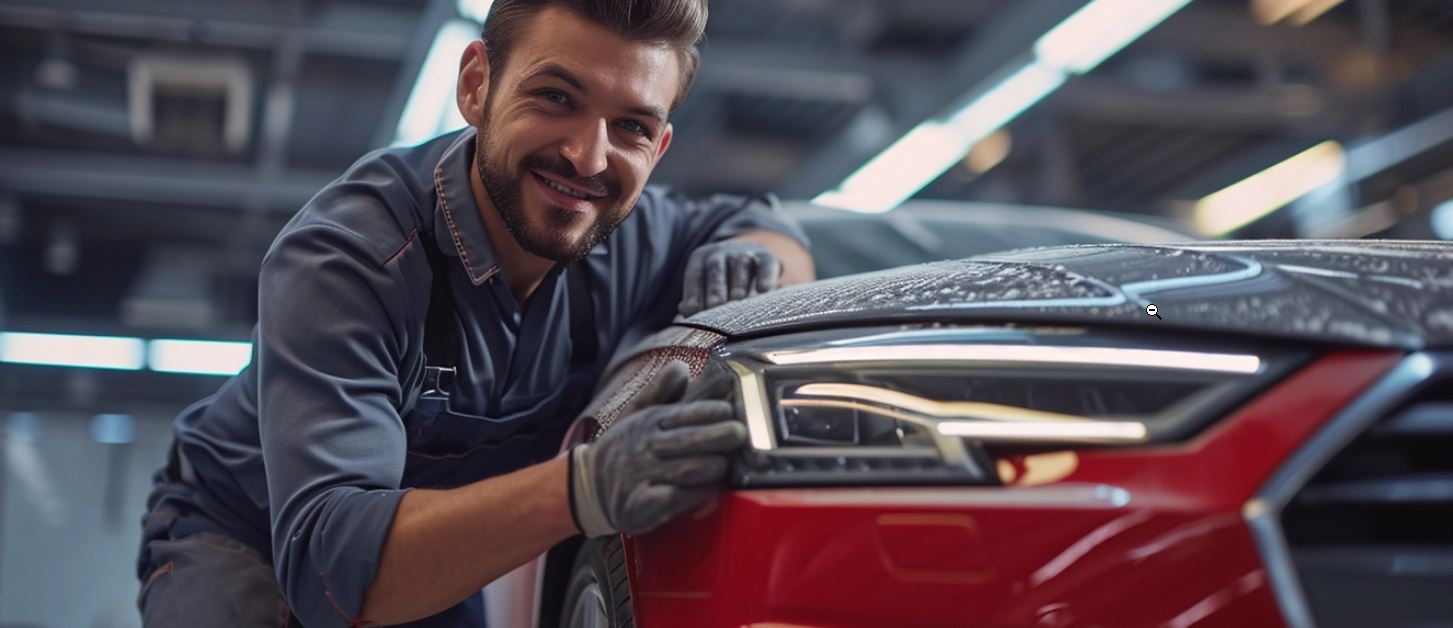
Superficial damage, such as small scratches, cloudy headlights, stains, and faded plastic trim, can be an annoyance. Fortunately, there are simple solutions to restore your car’s appearance.
Using touch-up paint for small scratches:
For small, shallow scratches, touch-up paint can be a quick and effective solution. Choose a touch-up paint that matches your car’s color and carefully apply it to the scratch using a fine brush. It’s important to follow instructions and allow the paint to dry before applying additional coats or buffing.
Repairing and restoring cloudy headlights:
Cloudy or yellowed headlights can reduce visibility and make your car look older. There are various headlight restoration kits available that can help remove the haze and restore clarity. These kits typically include abrasives, polishing compounds, and a protective sealant to ensure long-lasting results.
Removing stains and marks from car paint:
Stains and marks on your car’s paint can be unsightly. Luckily, they can often be removed with the right cleaning techniques. Depending on the type of stain, you may need to use a specialized cleaner or solvent. Always test a small, inconspicuous area before applying the cleaner to the entire stain.
Polishing techniques for maintaining shine:
Regular polishing can help maintain your car’s shine and remove light scratches and swirl marks. Choose a high-quality car polish and apply it using a microfiber cloth or a dual-action polisher. Follow the instructions carefully and avoid applying excessive pressure, as this can damage the paint.
Restoring faded or damaged plastic trim:
Faded or damaged plastic trim can make your car look worn and neglected. There are various trim restoration products available that can help revitalize the appearance of your plastic trim. These products typically contain UV protectants and colorants to restore color and prevent further damage.
Common Causes of Auto Body Damage:
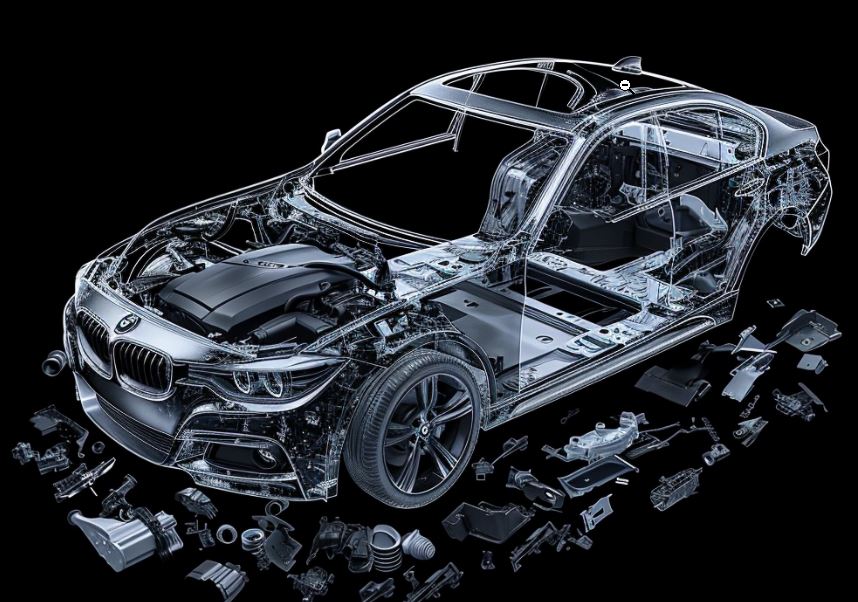
Auto body damage can occur due to various reasons, from everyday mishaps to severe weather conditions. Being aware of the common causes can help you take proactive measures to prevent damage to your vehicle.
Parking lot mishaps and door dings:
Parking lots are hotspots for auto body damage, with door dings being a common occurrence. Other mishaps can include fender benders, scrapes against pillars or walls, or careless parking by other drivers. To prevent parking lot damage, park in wider spaces, avoid parking near other cars, and practice caution when opening doors.
Road debris and flying objects:
Flying debris from construction sites, loose gravel on roads, or objects kicked up by passing vehicles can all cause damage to your car’s exterior. To reduce the risk, maintain a safe distance from trucks or other vehicles carrying loose cargo, and be cautious when driving in areas with construction or roadwork.
Hailstorms and severe weather conditions:
Hailstorms can wreak havoc on your car’s exterior, leaving behind numerous dents and scratches. During severe weather conditions, such as hailstorms or heavy winds, try to find covered parking or a sheltered area to protect your vehicle. If caught in a hailstorm, seek immediate cover if possible.
Accidents and collisions:
Accidents and collisions are unfortunate events that can cause significant auto body damage. Defensive driving, following traffic rules, and maintaining a safe distance from other vehicles can reduce the risk of accidents. In the event of a collision, seek professional help for your car’s repair and follow the necessary steps for insurance claims.
Improper car maintenance and neglect:
Neglecting regular car maintenance, such as washing and waxing, can lead to the deterioration of your car’s paint and overall appearance. Proper maintenance, including regular washing, waxing, and inspection, can help identify and address minor issues before they escalate into major problems.
Vandalism and intentional damage:
Vandalism and intentional damage are unfortunate occurrences that can result in significant auto body damage. While it’s impossible to prevent all acts of vandalism, parking in well-lit and populated areas can deter potential vandals. Installing security cameras or vehicle alarm systems can also help protect your car from intentional damage.
Detecting and Repairing Frame Damage:
Frame damage can compromise the safety and integrity of your vehicle. Detecting signs of frame damage is essential for addressing the issue promptly and seeking appropriate repairs.
Visual inspection for signs of frame damage:
Performing a visual inspection of your vehicle’s frame can help identify signs of damage. Look for visible signs such as misaligned body panels, uneven gaps between panels, or unusual noise while driving. If you suspect frame damage, it’s important to seek professional help for a comprehensive inspection.
Using a frame alignment machine:
A frame alignment machine is a specialized tool that is used to measure and restore the alignment of a vehicle’s frame. This equipment employs laser technology to precisely measure the dimensions and alignment of the frame. If frame damage is detected, a frame alignment machine can be used to straighten and restore the frame to its original specifications.
Repairing and reinforcing frame damage:
Repairing and reinforcing frame damage should be done by a professional auto body repair shop. Depending on the severity of the damage, techniques such as frame pulling, straightening, or welding may be employed to restore the frame’s strength and integrity. It’s important to choose a reputable repair shop with experienced technicians for frame repairs.
Consulting a professional for complex repairs:
Detecting and repairing frame damage can be complex and requires specialized knowledge and expertise. If you suspect frame damage or have concerns about your vehicle’s structural integrity, it’s best to consult a professional auto body repair technician. They can assess the damage, provide accurate recommendations, and perform the necessary repairs.
Importance of frame realignment after accidents:
After a major accident or collision, it’s crucial to have your vehicle’s frame realigned. Even minor frame misalignment can affect the safety, handling, and performance of your car. Frame realignment involves using specialized equipment to restore the frame to its original specifications, ensuring the safety and optimal functioning of your vehicle.
Conclusion: Prevention and Maintenance Tips for Frame Damage
Preventing frame damage is crucial for maintaining the safety and longevity of your vehicle. By following these tips, you can minimize the risk of frame damage and ensure the ongoing health of your car’s structural components.
Regularly check for signs of wear and tear:
Performing regular inspections of your vehicle’s frame can help identify early signs of wear and tear. Look for visible signs such as rust, cracks, or deformation. Addressing these issues promptly can prevent them from developing into more severe problems that can compromise the integrity of the frame.
Avoid overloading the vehicle:
Overloading your vehicle can put excessive stress on the frame and suspension components, leading to premature wear and potential damage. Make sure to adhere to the manufacturer’s load limits and avoid carrying excessive weight in your vehicle. Distribute the load evenly and use proper cargo tie-down procedures when transporting heavy items.
Keep suspension and steering components in good condition:
The suspension and steering components of your vehicle play a crucial role in maintaining the alignment and integrity of the frame. Regularly inspect and maintain these components, including springs, shocks, struts, and control arms. Address any signs of wear or damage promptly to prevent stress and misalignment of the frame.
Follow manufacturer’s guidelines for towing:
If you tow trailers or other heavy loads with your vehicle, it’s important to follow the manufacturer’s guidelines for towing capacity and proper towing procedures. Overloading the towing capacity or using incorrect towing techniques can put excessive strain on the frame and suspension, leading to potential damage.

 Annual professional frame inspection:
Annual professional frame inspection: